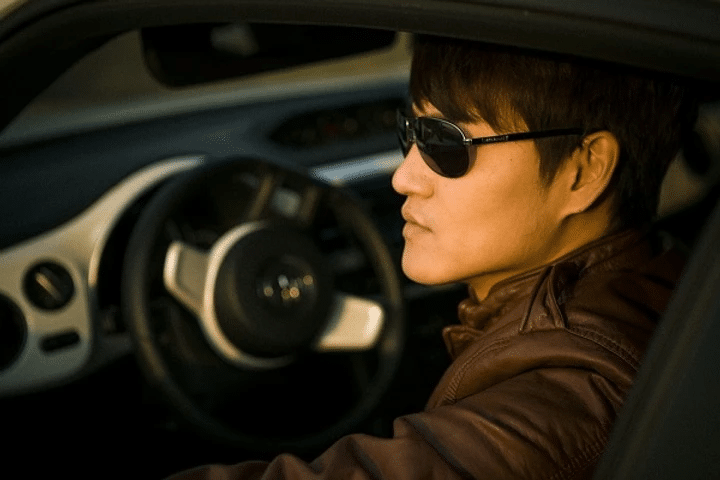Can you meet the legal eyesight standard for driving?
Driving is essential for many of us for our daily lives, whether it is driving to work or for social use. A range of vision standards applies for different driving licences. A qualified optometrist will check your eyesight using various techniques and will advise if it is in-line with the applicable DVLA vision standards.

There are three main areas assessed which are listed below:
- You must be able to read a car number plate registered after 1st September 2001 from 20 metres away. You must also have a minimum eyesight standard of at least 6/12 measured on a Snellen chart using both eyes together, or one eye if that is the only eye in which you have sight.
- Lorry and bus drivers have a different requirement standard. Optometrists will advise you on whether you may need to wear glasses or contact lenses to meet these applicable standards.
- Peripheral vision is essential whilst driving and minimum levels are set by the DVLA. We can assess your peripheral vision using various methods, the most common being a visual field screener which maps out a plot of your peripheral vision by the user detecting a series of light stimuli presented in their peripheral vision.
A range of eye conditions can affect your driving. It is essential to check to see if you have any of these conditions and inform the DVLA accordingly.





